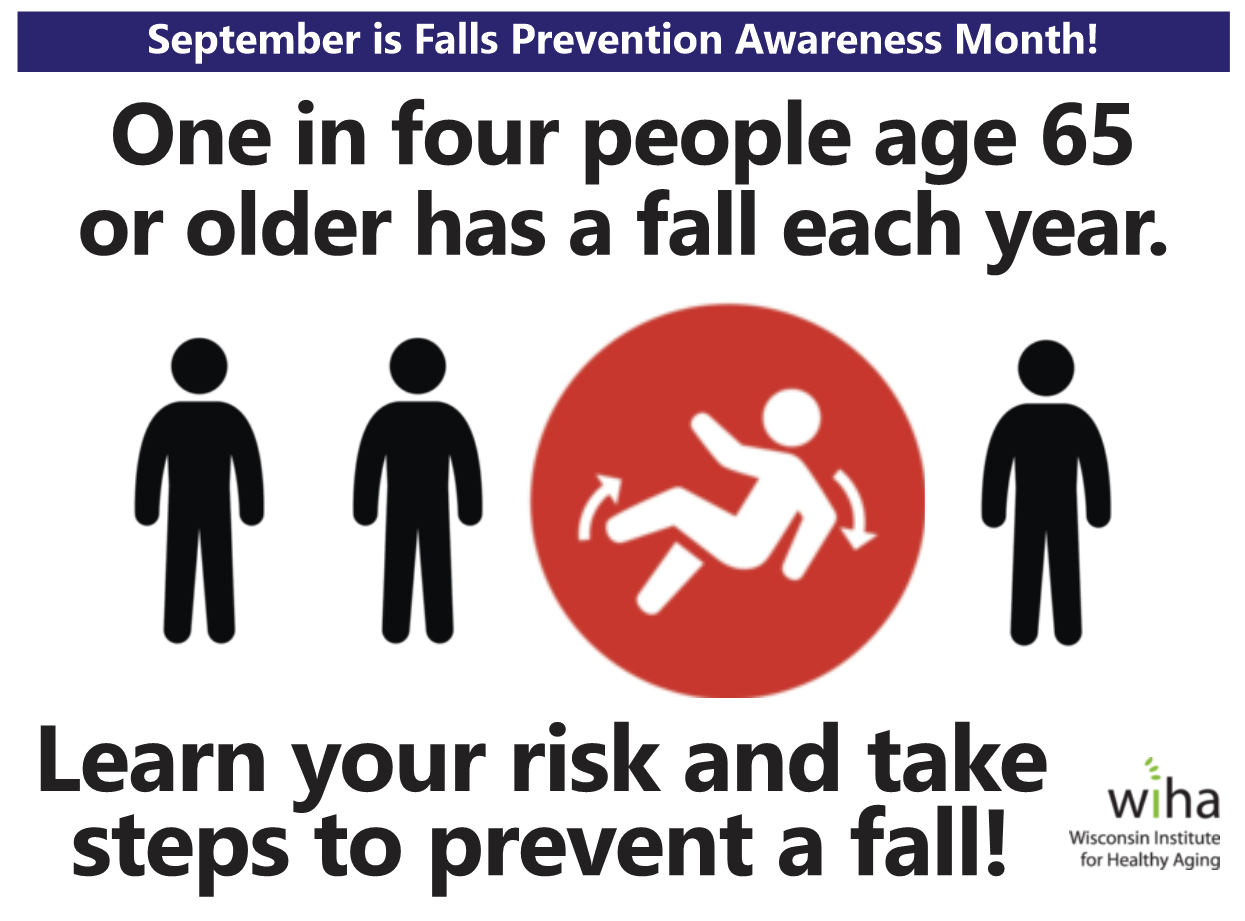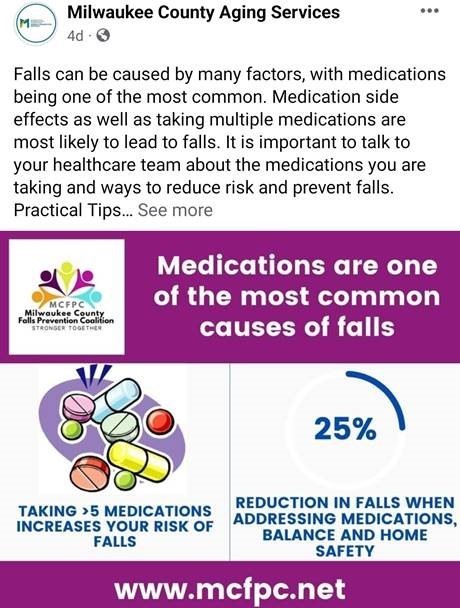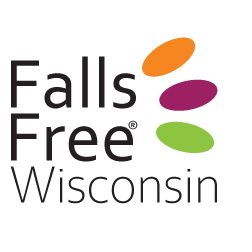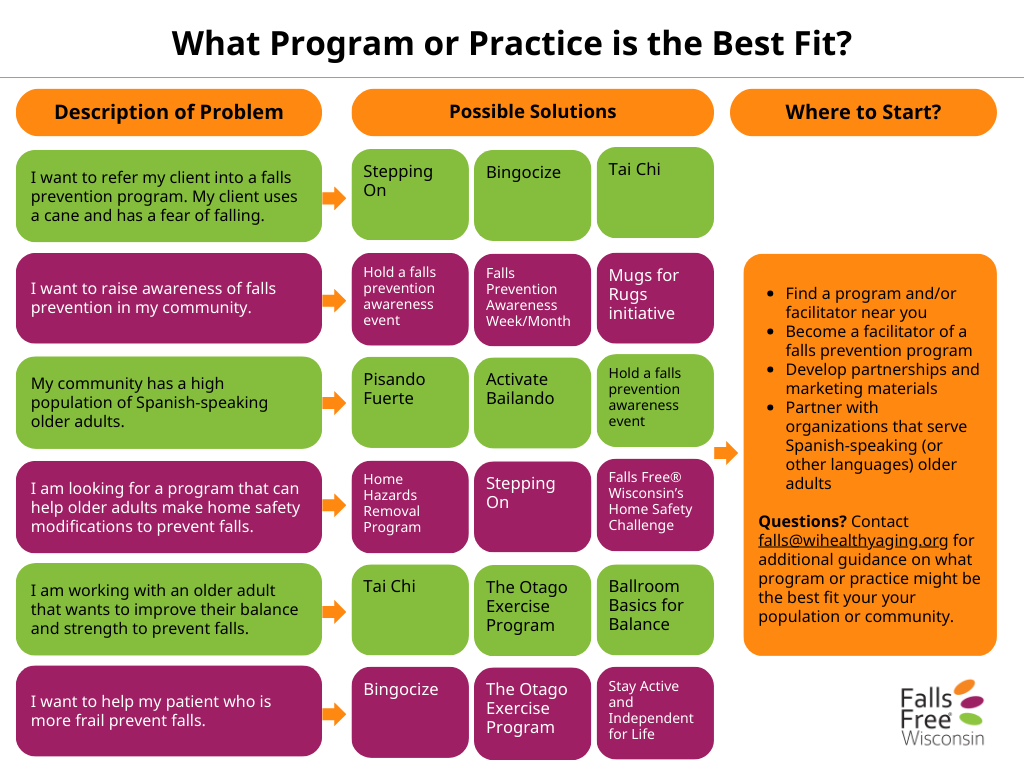Section 4: Institutionalization Stage (Keeping the Momentum and Energy)
A successful coalition depends upon the active engagement of the coalition’s members. Ensuring the appropriate people are “at the table” and ensuring that the coalition has a process for recruiting and maintaining its members is key. Creating consistent messaging about the coalition’s goals and priorities will help solidify the group’s identity and purpose.
Key tip: Target the ask of participation in the coalition instead of broadly asking if anyone wants to join. (Is there a health care system missing that has high utilization of either or both inpatient and/or ER); know the people you work with – where do they receive their healthcare? Conduct an annual review of “who’s here? who’s not here?” then, reach out to individuals to broaden coalition representation. Ensure EMS involvement and both rural AND inner-city representation.
Tips
Potential Coalition Partners
Clear, consistent communication and expectations are important to maintain shared goals and objectives as a coalition. Determining the protocols for ongoing meetings and smaller subcommittees will help keep the work moving forward.
After your coalition is formed, it’s important to consider what will keep it viable. This may include motivation itself for the work, as well as financial and in-kind contributions to help sustain the work. The following includes ways to keep the momentum going after your coalition creation.
Coalition work often requires a certain amount of funding to help sustainability. A coalition might simultaneously create a financial plan for its work alongside the goals, objectives, and priorities the coalition is hoping to achieve. Ensuring the financial sustainability of the coalition is important to guarantee the work of the coalition continues.
Communicating your coalition’s work with the various audiences maximizes your coalition’s efforts. Create goals/objectives and a financial plan for sustainability, but also communicate your coalition work to help increase awareness, interest, engagement, and longevity.
Example Social Media Posts


There are a few different groups that meet regularly to talk about falls prevention throughout the state, including local falls and injury prevention coalitions. The State Falls Prevention Quarterly Collaborative works together to increase fall prevention efforts, share best practices, and support the work happening at county levels. The Collaborative includes members of coalitions from over 13 counties throughout the state of Wisconsin. The Collaborative meets quarterly. For any questions contact Suzie Ryer: suzanne.ryer@aah.org or Ann Gallo: ann.gallo@aah.org.
In addition, the Falls Free Wisconsin Coalition meets regularly to support falls prevention initiatives statewide. The coalition includes representation from ADRCs and aging offices, senior centers, healthcare, public health, physical therapy and more. Join the coalition.
The Wisconsin Institute for Healthy Aging, in collaboration with the Falls Free Wisconsin Coalition, is happy to provide technical assistance to any individuals and organizations interested in starting a coalition, or for other falls prevention-related activities. Request technical assistance here, or email falls@wihealthyaging.org.


